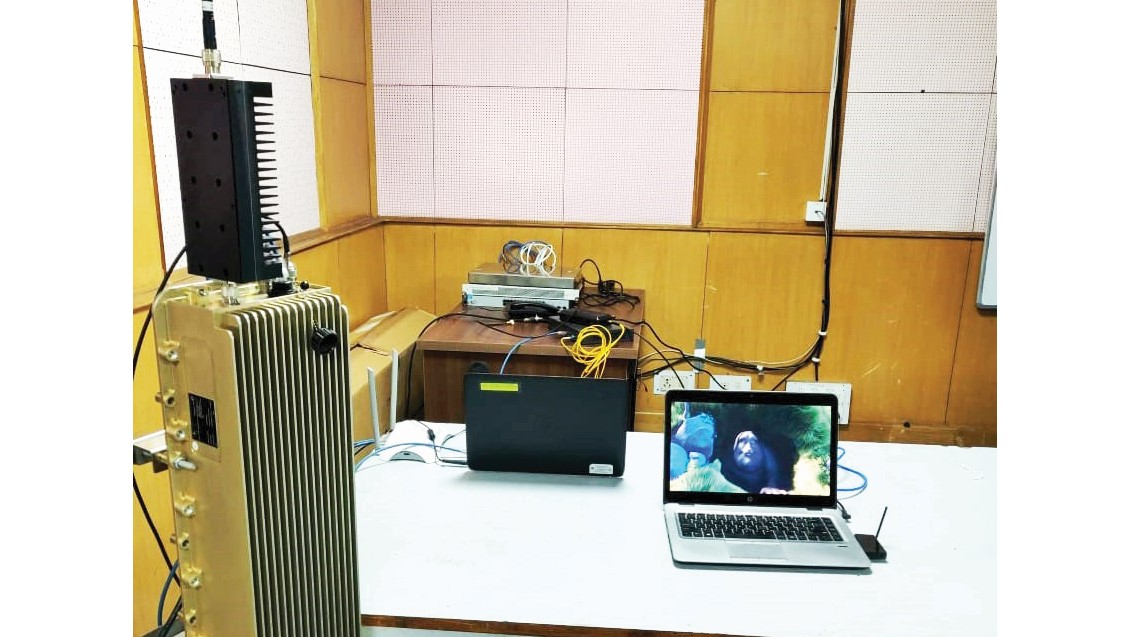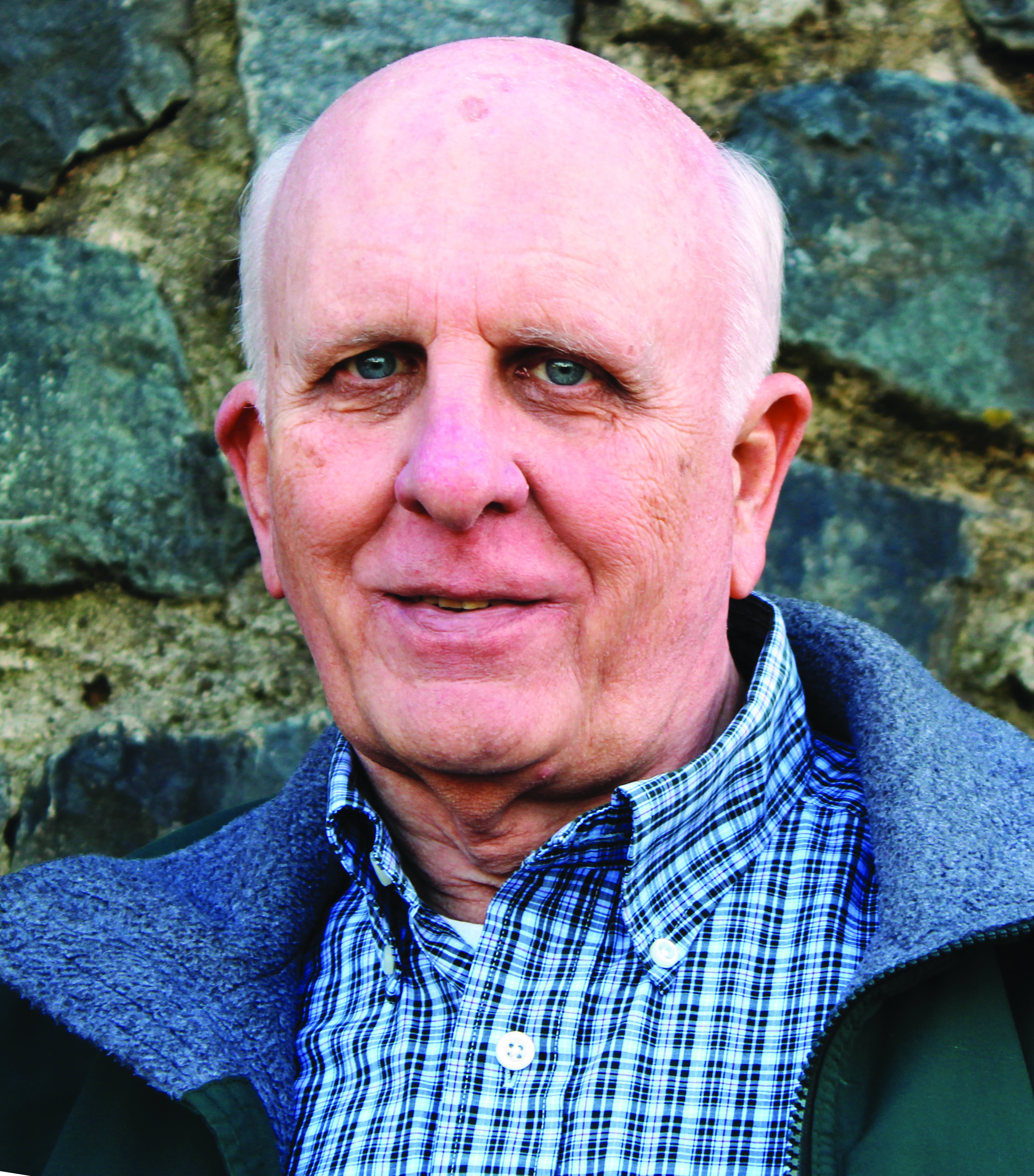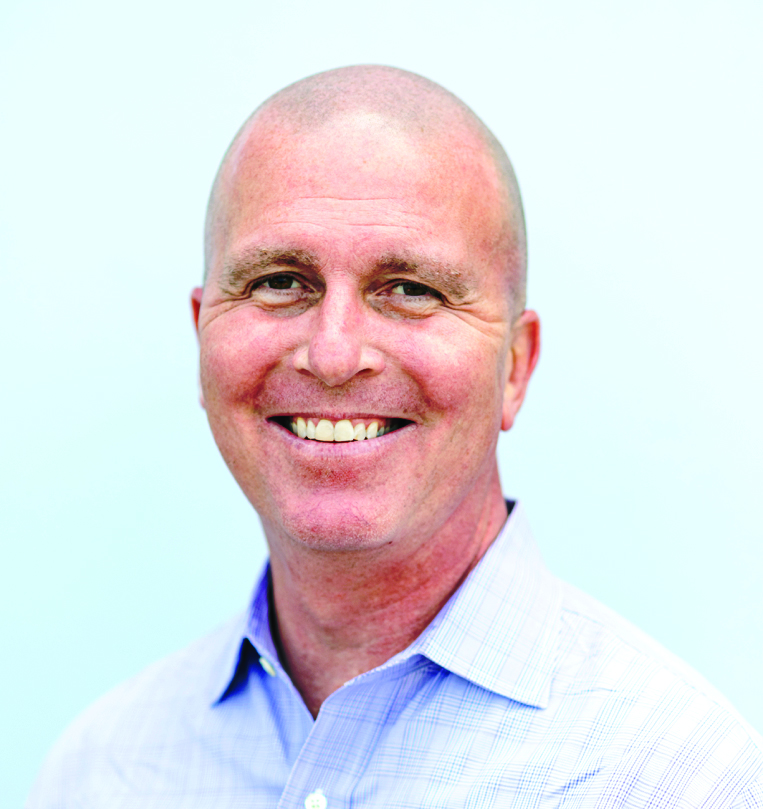Broadcast TV’s Future May Lie in Single Frequency Networks
SFNs seen as important part of ATSC 3.0 equation

ALEXANDRIA, Va.—The concept of operating two or more transmitters on the same frequency in the same geographic region is not new, but there’s considerable talk within the industry about the role of similar technology in the widespread deployment of ATSC 3.0, particularly after the FCC’s January decision to ease rules on DTS “spillover” that the commission believes will help NextGen TV reach its full potential.
Such on-channel operation will be essential in rolling out NextGen TV, especially in terms of implementing the full feature set of 3.0, many believe. Bill Meintel, partner in the Meintel, Sgrignoli & Wallace (MSW) engineering firm, believes that broadcasters need to update their technology with SFNs.
“Broadcasters can’t keep doing what they’ve been doing. They’ve got to do something better,” he said. “You’ve got to have better coverage and you’ll need SFNs for that. You need to make up for antennas that are close to the ground and on moving vehicles. You won’t be able to do this with a single stick.”
Improved signals are essential if broadcasters are going to profit from NextGen TV, Meintel added.

“You need to have a fairly large signal over the area you want to serve in order to provide for indoor reception and/or reception by portable or mobile devices. We don’t have this today,” he said. “Some of this has been covered by translators, but this is getting difficult due to the repack. In addition, relying on translators that operate on a different channel than the main signal is not conducive to mobile and/or handheld reception; SFNs make a lot of sense in this regard.”
WHERE THE DEVICES ARE
Joe Chinnici, CEO of Public Media Group, a digital infrastructure company that focuses on SFN technology and the transition to 3.0, further amplified the need for SFN deployment.

“First and foremost is the population pickup available with the use of SFNs,” he said. “In our studies, we’re seeing pickups from 46–100%. In order to reach the maximum addressable market for our clients, we feel that an appropriately designed SFN is critical.”
Get the TV Tech Newsletter
The professional video industry's #1 source for news, trends and product and tech information. Sign up below.
He also stressed the importance of delivering adequate signals to antennas 1.5 meters above ground, rather than the FCC-assumed 10 meters.
“This is where the devices are,” he said.
Dave Folsom, CTO for Pearl TV, the station consortium involved in the Phoenix Model Market for testing NextGen TV, also views SFNs key piece for the standard’s success.
“You can increase the primary signal’s signal-to-noise ratio [within its designated coverage area] with the use of a well-designed and implemented SFN,” he said. “That will improve receivability and/or an increase in available transmission bandwidth. It also can play an important role in mobile/auto delivery, while filling in reception gaps in coverage within the station’s designated contours.”
John Hane, president of BitPath, which focuses on providing wide area wireless data networking by tapping the unused capacity in TV broadcasters’ signals, views SFNs as a means for broadcasters to enhance their ability to deliver both television and the ancillary services that occupy such a large part of NextGen TV’s feature set.
“The maximum capacity of the channel is limited by the lowest power level in any areas that must be served,” said Hane. “If we use SFNs to raise the power levels we can spend those gains on capacity, coverage or robustness.”
CURRENT SFN RESEARCH
While the pandemic has sidetracked many projects, including planned SFNs, progress is being made in some markets.
The Phoenix Model Market NextGen TV project, in conjunction with an area E.W. Scripps station, now boasts an operational 3.0 SFN. Pearl’s Folsom said the SFN, located north of Phoenix, augments coverage of the main KASW NextGen TV host site, situated south of the city.
“It was placed on the air in September of 2020, and so far, has been working as expected,” he said.
The Sinclair Broadcast Group initiated some initial SFN field testing in the Dallas-Ft. Worth market in 2018, and is now preparing to move ahead with fully operational deployments.
“We’re looking at many markets,” said Mark Aitken, senior vice president of advanced technology at Sinclair. “This year, we are full out in the initial phase of the 3.0 deployment, which is conversion of facilities, getting partners engaged, and getting all the interconnects done between the stations to properly service markets without a loss of programming.
“All of that is a major chore by itself,” he added. “I think that then the rollout of SFNs on a broad basis will begin in 2022 and 2023. Part of this is making decisions on the business model you’re going to deploy.”
The Washington, D.C., market will likely be one of the first to see a Sinclair SFN buildout, according to Aitken. “We have a target ‘on air’ date, with our acquisition of a Class A there, WAIV, which should happen on March 2.” He added that the D.C. SFN will differ from previous deployments, more closely following 4G/5G architecture.
“A traditional SFN has taken the medium-tower/medium-power approach,” he said, “This [the D.C. SFN] is not some 60-kW solid-state amplifier on the ground. We’re talking about 40W radios tied to antennas with 10 dB or less gain spaced every couple of kilometers like you’d space an LTE radio system.”
Aitken said the planned Q4 2021 rollout will use 10 to 12 low-power combination transmitter/antennas that he referred to as “radio heads,” but the number could grow, as trying to model a “dense” SFN such as this one “is extremely difficult.”
In addition to these initiatives, Chinnici said PMG has conducted SFN advanced engineering studies for clients in San Francisco, Los Angeles, Dallas, Miami, New York City, Boston, Detroit and Seattle.
FCC ACTION’S IMPACT ON SFNS
Virtually all of those interviewed agreed that the FCC’s January actions concerning “signal spillover” will be helpful in increasing signal penetration via SFNs.
“The Report and Order eases somewhat, and quantifies, the amount of spill allowed outside the coverage area based on well-established contours, making SFN siting near the edge of the licensed coverage area less problematic,” said Folsom.
“This Report and Order was important,” said Aitken. “It’s a big step forward in being able to build a more practical SFN with certainty in the interference numbers allowed. There were a lot of grey areas and no antenna has zero dB output on the back side no matter how directional you make it. The R&O makes it easier to model and deploy a practical SFN.”
“The FCC rule changes will provide more flexibility,” said MSW’s Meintel. “We didn’t get everything we asked for, but we did get more flexibility. We’ve been trying to get a high level of service at the edge of the contour and that’s not been possible. The changes will definitely help with that.”
